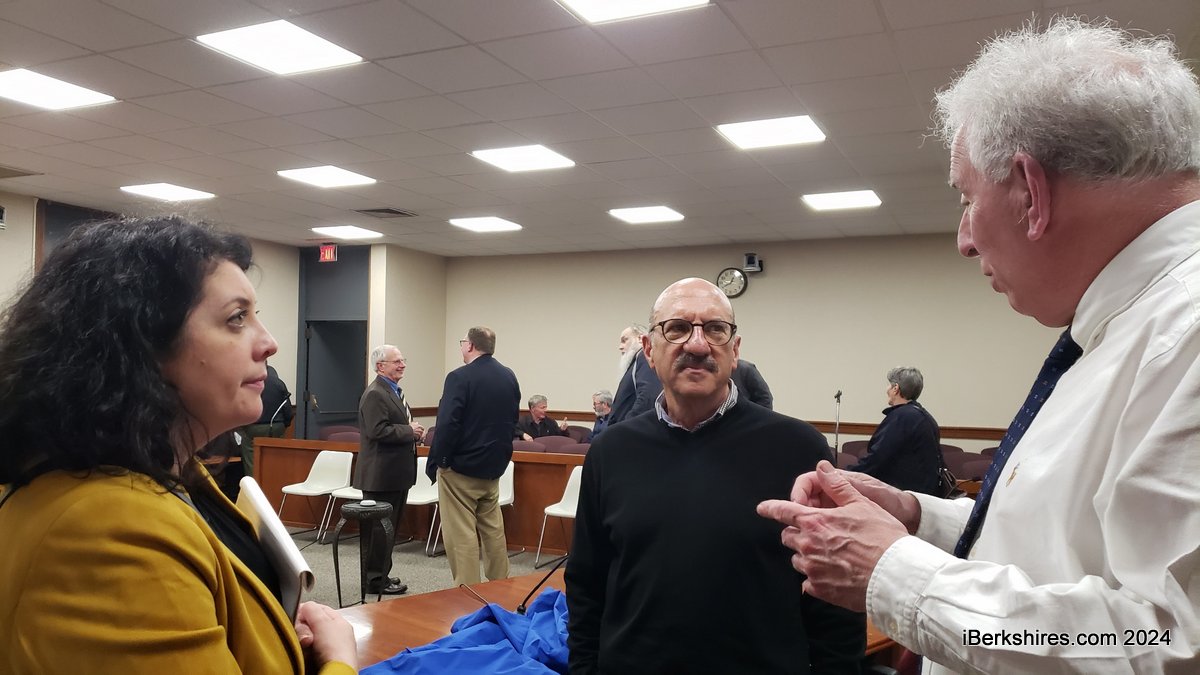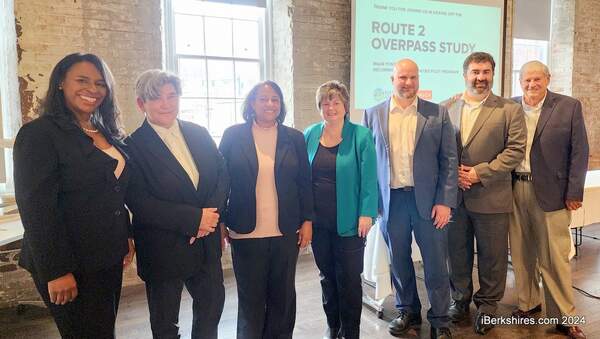
What Does End of 'Stretch IRA' Mean to You?
 |
If your IRA is big enough to help you pay for retirement with enough left over to leave to your heirs, you will want to pay close attention to some recently enacted legislation – because it could have a big impact on your estate plans.
Here's the background: As part of the 2019 SECURE Act, which includes provisions to help people build their retirement savings, the so-called "stretch IRA" has been limited for most non-spouse beneficiaries. Under the old rules, non-spouse beneficiaries could withdraw money from an inherited IRA gradually, over their lifetimes. By "stretching" out these payments, beneficiaries could spread out the tax burden, as withdrawals from a traditional IRA are taxable at an individual's personal tax rate.
Now, most non-spouse beneficiaries have to withdraw everything from the IRA by the end of the tenth year after the account owner passes away – which could present a tax problem. At a minimum, this change should lead you to review your estate plans, assuming you won't need all the money in your IRA to support your retirement lifestyle. But what else can you do in response to the loss of a stretch IRA?
One possible move is to convert your traditional IRA to a Roth IRA. As you may know, a traditional IRA can grow on a tax-deferred basis and your contributions may be tax deductible, depending on your income level. Roth IRA contributions are never deductible, but earnings withdrawals are tax-free, provided you have had your account at least five years and you don't start taking withdrawals until you’re at least 59-1/2. What's more, you can pass on the ability to make tax-free withdrawals to the beneficiaries you have named to receive your IRA.
However – and this is a pretty big "however" – if you were to convert a traditional IRA to a Roth IRA, you would trigger a tax bill that could be substantial. Essentially, you would owe taxes on any money in the traditional IRA that would have been taxed when you withdrew it. So, you likely would need a sizable amount of funds available, held outside your IRA, to pay this tax bill.
Is it worth it? You will have to do your own cost-benefit analysis while pondering a Roth IRA conversion. It may not make much sense for you to pay a big tax bill now if the money, when kept in a traditional IRA, could be withdrawn at a lower tax rate later. Consequently, you may not want to convert if the money is going to your young grandchildren or to other heirs in lower tax brackets. Conversely, a conversion may make sense if you plan to leave money to heirs in their peak earning years, who might be in a high tax bracket and could greatly benefit from the tax-free withdrawals provided by a Roth IRA.
These are just general guidelines, of course – to determine if a Roth IRA conversion makes sense for you, you will need to consult with your tax advisor. And if you would like to consider other ways to respond to the new laws that limit stretch IRAs, you also will want to consult with your estate planning professional. This is a big change – so you will want to get the help you need to make the right moves.
This article was written by Edward Jones for use by your local Edward Jones financial advisor. Courtesy of Rob Adams, 71 Main Street, North Adams, MA 01247, 413-664-9253.. Edward Jones, its employees and financial advisors cannot provide tax or legal advice. You should consult your attorney or qualified tax advisor regarding your situation. For more information, see EdwardJones.com.
















